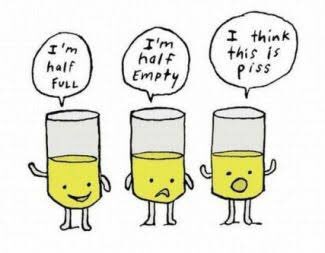OK! Let’s squish some #animalwelfare #science into your day! Who has heard about cognitive bias testing in animals?
Cognitive bias testing is pretty much a way of testing if animals are optimistic or pessimistic. If you are used to experiencing good things, you tend to be optimistic, if you’re used to bad stuff happening, you’re usually pessimistic We use pee a lot in #animalwelfare #science!
We use pee a lot in #animalwelfare #science!
 We use pee a lot in #animalwelfare #science!
We use pee a lot in #animalwelfare #science!
If animals experience good lives, we expect them to be optimistic when tested. Tests can take different formats but usually associate a good outcome (food!) with a cue (eg high tone sound) and a comparatively neutral/unattractive outcome (eg water) with a different cue (low tone)
There is a learning stage to associate cue (eg tone) with outcomes (+ve/neutral). Once associated, the cognitive bias test starts asking the animal to respond to cues that are progressively in the grey area between cues (middle tone) and we watch their response.
Optimistic animals will continue responding to ‘grey zone’ cues (eg lower tones) expecting the positive outcome more than pessimistic animals, acting as a gauge of mood/emotion, how they are experiencing life & #animalwelfare. Cognitive bias has been shown in 













The fabulous @bec_doyle of @AWSciCent @FVASunimelb assessed optimism in sheep way back in her PhD. She’s since been to Antarctica with @HomewardBound16 #womeninSTEMM and supervises some of the @awssum_gsa crew 


 Read on Twitter
Read on Twitter


